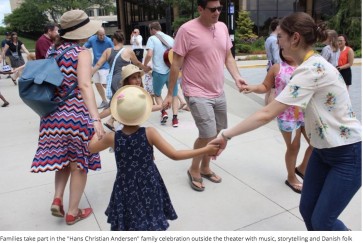The following letter to the editor appeared in The New York Times on Jan. 30, 2015.
To the Editor:
“A New Level of Refugee Suffering,” by Angelina Jolie (Op-Ed, Jan. 28), raises the important point that countries outside the Middle East “should offer sanctuary to the most vulnerable refugees in need of resettlement — for example, those who have experienced rape or torture.”
The United States is the top country for the resettlement of refugees, but it might surprise some that of the 51 million refugees, asylum seekers or displaced people worldwide, more than at any time in the history of the United Nations High Commissioner for Refugees, less than 1 percent will be resettled.
Continuing public support for resettlement programs in the United States and other industrialized countries depends on research and public awareness of the long-term benefits of resettlement policy, the integration of refugees into their new communities, and the social, cultural and economic effect of resettlement on the United States.
As we seek innovative solutions to refugee and migration crises and reform immigration policies, let’s not focus only on deterrence strategies. Resettlement programs, if properly researched and established, offer the greatest potential for countries to absorb refugees, not just by sharing the costs of refugee crises, but by harnessing the great resources that refugees have to offer.
Galya Benariah Ruffer
Evanston, Ill., Jan. 28, 2015
- Galya Benariah Ruffer is the director of the Center for Forced Migration Studies at the Roberta Buffett Institute for Global Studies at Northwestern University.

